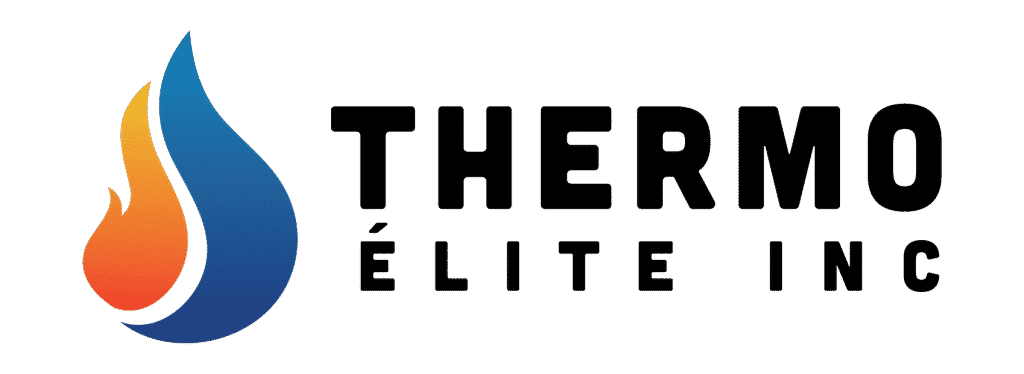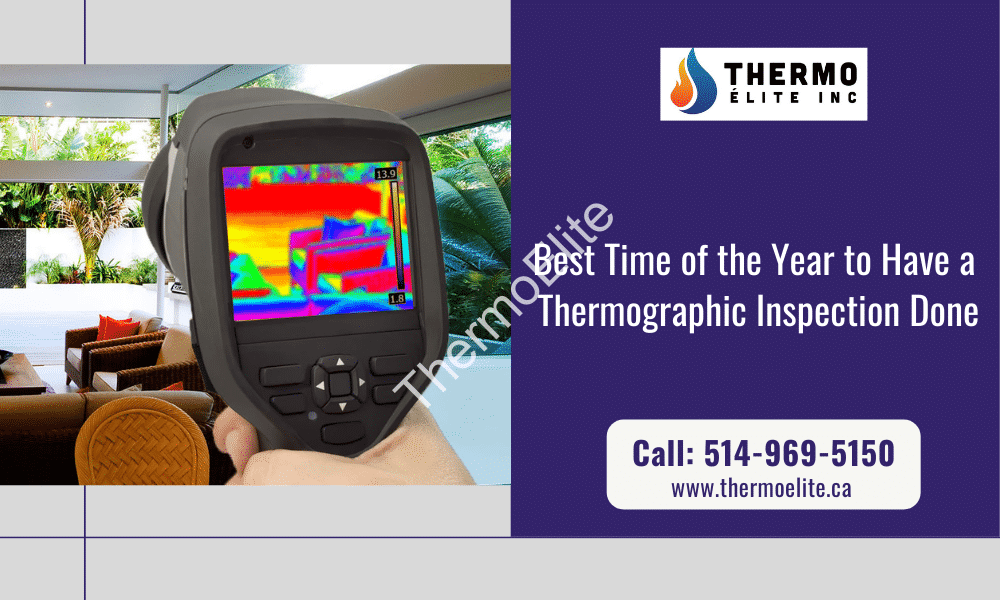Inclement weather creates the perfect setting for home inspection using thermal imaging. Why’s that? It’s because what counts is the temperature difference between the home’s inside and the outdoors. When the indoor air is regulated, there’s no problem for thermal imaging to identify issues, irrespective of whether it’s scorching hot outside or cold.
While explaining infrared technology, the Department of Energy says that such technology locates heat that’s lost in hidden areas difficult to access. Infrared technology also helps locate areas where there’s heat gain. Both these situations can cause significant expenses. This is the reason why home inspections using infrared technology offer greater value than other options you have on the table.
Winter Reveals Heat Loss and Draft
Winters can be pretty expensive because of heat loss and air leakage. The escape of expensive hot air through openings in the roof, windows, walls, or ceilings forces the heating system to work harder to keep the interiors warm. Therefore, you end up paying higher bills for higher power consumption.
During the winter, thermal imaging shows a great deal of heat loss. When the temperature outside gets colder the display of heat loss on the thermography camera screen gets more obvious. Inside the home, the camera can locate exact spots through which cold air is sneaking in.
Solar Heat Gain is more obvious in the summer
Heat loss in the winter can ravage things inside homes. Again, heat gain can also wreak havoc in the summer. Cold air doesn’t transfer as fast as heat does. The blazing sun in the summer can, however, transfer into the insides of your home putting the air conditioner under stress.
Thermal imaging cameras can capture this gain in solar heat during summer when it’s hot. Heat comes in, especially through the windows. That said, roofs and walls can heat up as well. The higher the difference in temperature between the home’s inside and outside, the more dramatic is the variations in surface heat. These variations are displayed with greater color contrasts on the infrared camera screens.
Thermal Imaging can be effective in spring and fall as well
Yes, the stark temperature differences of the winter and summer provide favorable conditions for thermal imaging. However, no season is unsuitable for thermal imaging. Irrespective of what time of the year it is, temperature differences can always be an issue. They are a representation of anomalies that may exist in the insulation, the poor quality of the windows, leakage of air, and water presence. Besides, if necessary, you can always create the right conditions for thermal imaging.
The Department of Energy says that when the weather is mild, thermal loading can improve the accuracy of thermal imaging. Depending on the season, you may turn up the air conditioner or heating system to raise heat loss or gain. Before the conditions are right for thermal imaging, you’ll need to set aside a few days for thermal loading. For exaggerating air leaks, blower door tests are used by some inspectors simultaneously with thermal imaging.
Having discussed what time of the year is favorable for the thermography of your home, let’s look into how it helps your home inspection.
How thermal imaging helps in your home inspection
With thermal imaging cameras, it’s possible to detect the smallest of faults by locating variations in temperature, whether the object concerned is too hot or too cold. These faults include-
- Damage caused by water: There will always be a variation in temperature between wet and dry zones in the walls of a home, its ceilings, and the floor as well. Thermal imaging cameras can locate these and spot where water is leaking. It’s because moisture adds thermal mass to any area with water leakage which makes it retain heat longer than the drier surrounding areas.
- Clogs or plumbing leaks: With infrared imaging, it’s possible to locate a clog or a leak before the plumber arrives and makes holes into your walls. Leaks and clogs cause temperature variations that are captured in infrared cameras thereby revealing where they exist.
- Electrical issues: With an infrared camera, you can locate hotspots that are an indication of overloaded circuits, worn-out circuit breakers, overheated equipment, and other faults.
- Hidden roof leaks: Thermal imaging cameras give you your roof’s detailed image revealing areas where moisture has been trapped. These areas are indicators of leakages or faulty insulation. Infrared imaging helps you zero in on the exact location of the leak without having to cause any damage to the roof.
- Presence of pests: The presence of termites, rodents, and other pests creates heat that’s captured during thermography. Thermal imaging therefore also reveals where these pests are present.
- Loss of energy: Leaking air conditioners or heating systems, broken window seals, or structural defects in your house also cause temperature variations. These variations are captured during infrared imaging indicating the areas where there are faults.
- Damage in insulation: Insulation is intended to insulate heat inside your home. Any damage in your insulation allows the heat to escape which is captured in an infrared camera. The images captured reveal faults in the insulation as well.
- Flue leaks: When you carry out a thermal inspection on any heating system that’s operating, it can detect if there are any backdrafts or leaks causing carbon monoxide poisoning. This is a crucial element of thermal imaging as malfunctioning chimneys and flues cause 10,000 injuries every year in the US as revealed by the Chimney Safety Institute of America (CSIA).
Conclusion
With more affordable options available now, thermal imaging can be a great tool to make your home inspection more efficient and effective. Since favorable conditions can be faked for thermal imaging inspections, there is no ideal time of the year for such inspections. There are various uses of thermal imaging in home inspections, right from locating water leakages to faults in insulation. If in the right hands, a thermal imaging camera can indeed give you a deeper insight into the condition of your home irrespective of what time of the year it is.



Add Comment